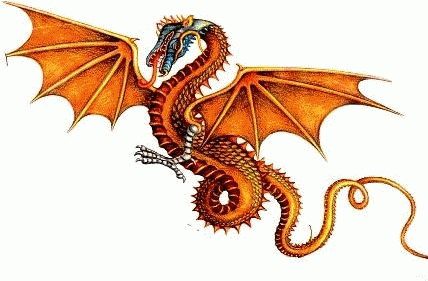If you've heard the term Speculative Fiction, you might already know what it is--or maybe not. The simple definition is that Speculative Fiction is nothing more than Science Fiction and Fantasy. But that is like calling everything sweet candy. It covers it, but not really.
Just like "candy" includes chocolate, gum drops, jelly beans, mints, lollipops (and on and on), Speculative Fiction is nothing more than an umbrella covering many different types of literature. For this post, I will focus mainly on Fantasy. But first, let's get Science Fiction out of the way. SF is fiction that involves some sort of scientific element--usually machines or technical gadgets (think space ships, advanced weaponry, futuristic transportation, etc.) Some examples of SF using the mechanical element would be Star Wars, Ender's Game, Terminator, Iron Man, Time Machine, and War of the Worlds. Science Fiction may also involve alien species, other worlds or planets, or humans that have been medically altered in some way. Examples include the X-Men (who are genetic mutants), Avatar, and E.T.. That's a brief summary of Science Fiction.In a future post, I'll delve into it a little deeper.

Let's talk fantasy. Most people accept that fantasy involves magic. That's mostly true. But a more accurate description might be "fiction involving fantastical elements." This might involve magic, super powers, the supernatural, alternate histories, etc. There are a lot of fantasy sub-genres. I will try to define the most prominent ones. Some sub-genres overlap.
High Fantasy: (also called Sword & Sorcery): Fantasy set in a make-believe world or civilization, usually involving magic and mythical or supernatural beings. Sometimes high fantasy might include a "real" time and location as well as a make-believe one. Examples: Lord of the Rings, Eragon, Earthsea, Harry Potter, Dragon Riders of Pern, Chronicles of Narnia.
Contemporary Fantasy: Similar to High Fantasy, but set in a contemporary, real setting. Examples: Percy Jackson and the Olympians, Sookie Stackhouse, The Graveyard Book.
Urban Fantasy: A sub-genre of Contemporary Fantasy set in a city. (May also take place in the past or future.) Examples: Fallen, The Mortal Instruments, Neverwhere.
Dystopian: Usually set in the future, the term "dystopian" is a play on the word "utopian." A utopia is a society where supposedly everything is perfect. Dystopian novels are set in societies that appear wonderful on the surface, but are, in reality, twisted. Something really bad is happening under the surface. Dystopian also includes stories where society has been severely altered for the worse, either from war, disease, natural disaster, or some other cataclysmic event. Examples: Hunger Games, Unwind, Ashfall, 1984, Brave New World.
Paranormal: This genre houses a whole host of definitions. In essence, Paranormal literature includes almost anything that is beyond normal existence. This includes werewolves, vampires, mermaids, and any number of "monster"-type characters. But it also includes characters who are ghosts, offspring of gods, and who have any number of possible supernatural powers. Examples: Wildfire, Twilight, Shiver, Paranormalcy, Farsighted. (note: Paranormal Romance are romance novels involving Paranormal elements.)
Magic Realism: Stories where the fantastical elements are viewed by the characters as normal or not fantastic and that occur in the real world. The author describes these elements in a straight forward manner. Examples: One Hundred Years of Solitude, The Kingdom of this World.
Dark Fantasy: Horror-type novels involving any of the above genres. Often told from the monster's point of view. Examples: The Vampire Chronicles, The Dark Tower, Faerie Tale.
Other sub-genres which are self-explanatory are Historical Fantasy, Pre-Historic Fantasy, Mythic Fantasy and Superhero Fantasy.
What are some of your all time favorite fantasy books?


No comments:
Post a Comment